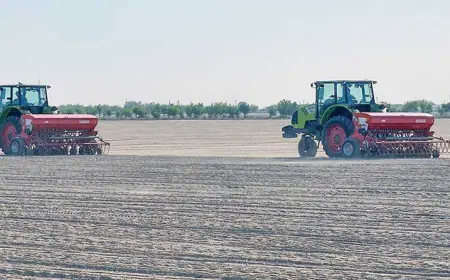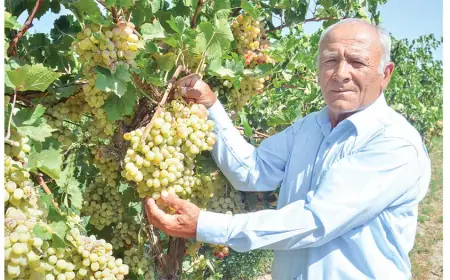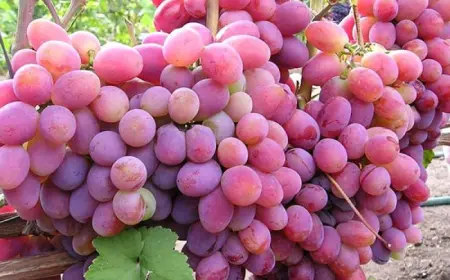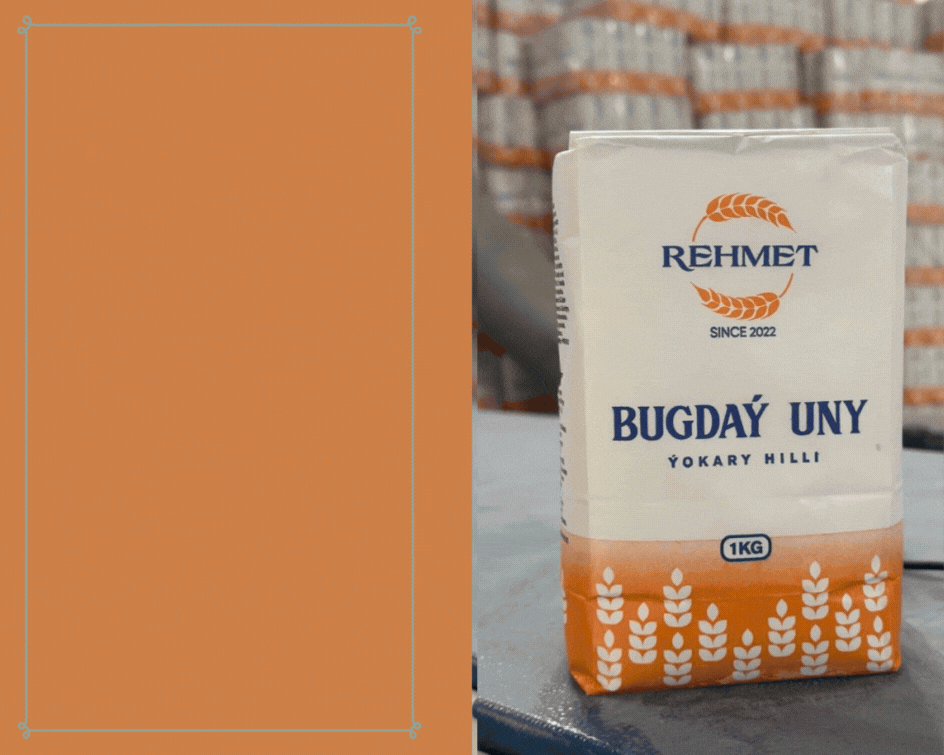Medicinal Cornelian Cherry (Cornus L.) is Being Widely Cultivated in Köýtendag District of Lebap Province

In Turkmenistan, many types of medicinal plants are successfully cultivated. Among them, Cornelian cherry (Cornus L.) holds a special place. This plant currently grows widely in the natural environment of Köýtendag district in Lebap province and is used by local residents for both medicinal and domestic purposes.
Köýtendag is known for its natural wealth, mountainous terrain, and unique climate, all of which create highly favorable conditions for the growth of Cornelian cherry. According to local biologists, the high content of organic matter and minerals in the soil enhances the plant’s medicinal properties.
Cornelian cherry belongs to the dogwood family and typically grows as a deciduous shrub or small tree, reaching heights of 1 to 1.8 meters. Its leaves are elliptical, flowers are large and white, and its fruits turn dark purple or nearly black when ripe.
The plant flowers and bears fruit from March to October. In Turkmenistan, seven species of Cornelian cherry are found, one of which — the Turkmen Cornelian cherry — is widely spread in the Köýtendag area.
The bark, leaves, flowers, fruit, and root of the plant are all used for medicinal purposes.
It contains:
-
Vitamin C,
-
Phenolcarboxylic acids,
-
Flavonoids,
-
Anthocyanins,
-
Catechins.
These compounds strengthen the immune system, regulate blood circulation, and improve liver and kidney function.
Residents of Köýtendag note that herbal tea made from the root of the plant is effective for treating colds, joint pain, and heart conditions.
While the Cornelian cherry mostly grows naturally, in recent years, local farmers and gardeners have started cultivating it in fields as well. The plant propagates through seeds and cuttings. Young cuttings prepared in July are kept in a humid environment.
The Cornelian cherry starts yielding fruit in its fourth year, is cold-resistant, and can grow in various soil types. Its lifespan is between 60 to 100 years, and it can produce fruit for many years.
Its fruits are used to make jams, juices, and sweet drinks. In horticulture, it is widely used for creating natural hedges. Locals also plant Cornelian cherry for ornamental purposes, as its colorful fruits add unique beauty to the mountain foothills.
It is important to protect the natural habitats of the plant and harvest it sustainably. This plant is one of the natural medicinal treasures of Lebap province and may be used in future ecological and biological projects.
According to scientific sources, Cornelian cherry extracts have antioxidant and anti-inflammatory effects, showing potential for use in the global pharmaceutical industry.
The Cornelian cherry (Cornus L.) growing in Köýtendag district of Lebap province is one of Turkmenistan’s valuable natural resources. With its medicinal, nutritional, and decorative significance, it has long been used in traditional medicine. Scientific research and proper cultivation of this plant is an important step toward developing natural medicinal products in the country.



























